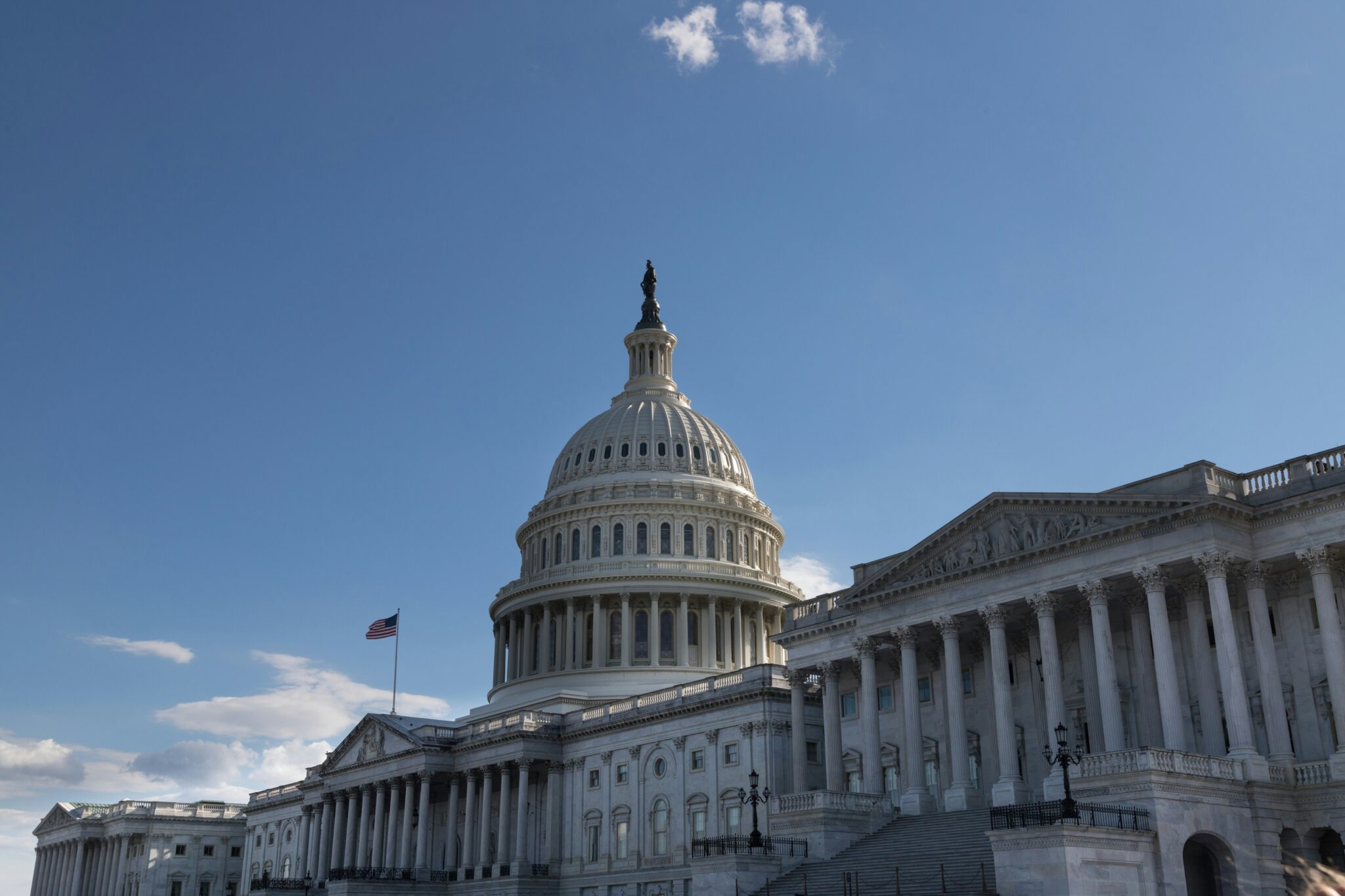Now that the House has passed its tax bill, all eyes now focus on the Senate. While there are many similarities, like how both bills contain an eye-popping $1.4 trillion in deficits, there are also key differences that will have to be resolved.
The differences are largely because House and Senate Republicans represent different constituencies, and because of the rules for budget reconciliation – the procedure being used in order to limit debate and enable passage by a simple majority in the Senate.
To illustrate, the Senate completely eliminates the deductibility for state and local taxes. The House largely eliminates the provision but allows $10,000 in property taxes to be deductible. Why? Because Republican House members from high income states with high state and local taxes – like New York, New Jersey, and California – wouldn’t go along with the package without something. And even then all but one of the Republican “no” votes came from those states. In the Senate, there isn’t a Republican from any of the three states we mentioned. By eliminating the provision entirely, the Senate can use the extra revenue to keep other tax treats because it’s also true that the slim Republican majority in the Senate (52-48) gives every individual Senator significant sway.
We’re seeing “little” sweeteners added to the package. So provisions that were previously temporarily extended, such as writing off television, movie, and theater (new) productions costs are being written into the bill.
Under reconciliation rules, the Senate bill can’t increase the deficit after the ten-year period covered by the legislation. In other words, the reconciliation instructions enable the bill to add $1.5 trillion to the deficit over the next ten years and not a dime after. That is a recipe for gimmicks galore.
For example, the corporate rate reduction to 20 percent is permanent, but the changes to the individual rates are temporary, set to expire at the end of 2025. The effect of the gimmick is real. According to the Joint Committee on Taxation, the bill increases deficits on the individual side of the code by $592 billion in the first five years, and only $294 billion in the second five years. At the peak year (2019) the individual tax code changes will increase the deficit by $157 billion. But by letting them “expire” early the changes also count as reducing the deficit by $75 billion in the last year of the bill (2027). We’ve seen this movie before (tax cuts in early 2000s): When it comes time to let them expire, there will be an effort to extend them, making the true effective cost of the bill ring up to hundreds of billions of dollars more.
Similarly, some provisions are added in for a couple years then allowed to expire. These range from tax provisions dealing with things from citrus to craft beer. These will become the nucleus of a new group of tax extenders that will be renewed every couple years. But here’s real math: Tax expenditures renewed five times for two-year increments equals ten years’ worth of cost.
There is a way to avoid the gimmicks and deficits: Enact bipartisan, deficit-neutral, comprehensive tax reform.
It won’t be easy, and it won’t be quick. But it shouldn’t be. Tax reform is about tough choices. But it is possible. Over the last several years there have been a lot of hearings and ideas thrown around. This means our country’s leaders are capable of the conversations needed to push the needle on this subject. Policymakers are also capable of putting together a big aggressive package that eliminates most of the tax expenditures littering the code, fixes the international tax system, drives down rates and doesn’t explode the deficit. For the sake of not adding more to our nation’s already $20 trillion debt, lawmakers can’t afford not to.










